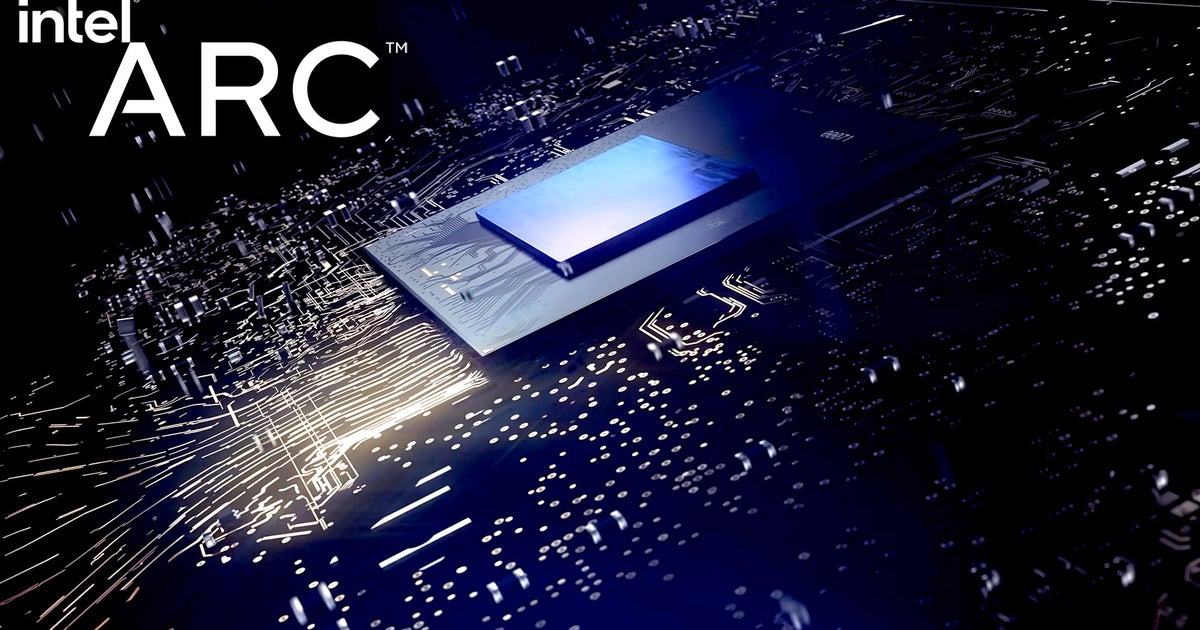DF Article @ https://www.eurogamer.net/digitalfo...vs-dlss-the-digital-foundry-technology-review
Intel's debut Arc graphics cards are arriving soon and ahead of the launch, Digital Foundry was granted exclusive access to XeSS - the firm's promising upscaling technology, based on machine learning. This test - and indeed our recent interview with Intel - came about in the wake of our AMD FSR 2.0 vs DLSS vs native rendering analysis, where we devised a gauntlet of image quality scenarios to really put these new technologies through their paces. We suggested to Intel that we'd love to put XeSS to the test in a similar way and the company answered the challenge, providing us with pre-release builds and a top-of-the-line Arc A770 GPU to test them on.
XeSS is exciting stuff. It's what I consider to be a second generation upscaler. First-gen efforts, such as checkerboarding, DLSS 1.0 and various temporal super samplers attempted to make half resolution images look like full resolution images, which they achieved to various degrees of quality. Second generation upscalers such as DLSS 2.x, FSR 2.x and Epic's Temporal Super Resolution aim to reconstruct from quarter resolution. So in the case of 4K, the aim is to make a native-like image from just a 1080p base pixel count. XeSS takes its place alongside these technologies.
Intel's XeSS tested in depth vs DLSS - the Digital Foundry technology review
A strong start for a new, more open AI upscaler.Intel's debut Arc graphics cards are arriving soon and ahead of the launch, Digital Foundry was granted exclusive access to XeSS - the firm's promising upscaling technology, based on machine learning. This test - and indeed our recent interview with Intel - came about in the wake of our AMD FSR 2.0 vs DLSS vs native rendering analysis, where we devised a gauntlet of image quality scenarios to really put these new technologies through their paces. We suggested to Intel that we'd love to put XeSS to the test in a similar way and the company answered the challenge, providing us with pre-release builds and a top-of-the-line Arc A770 GPU to test them on.
XeSS is exciting stuff. It's what I consider to be a second generation upscaler. First-gen efforts, such as checkerboarding, DLSS 1.0 and various temporal super samplers attempted to make half resolution images look like full resolution images, which they achieved to various degrees of quality. Second generation upscalers such as DLSS 2.x, FSR 2.x and Epic's Temporal Super Resolution aim to reconstruct from quarter resolution. So in the case of 4K, the aim is to make a native-like image from just a 1080p base pixel count. XeSS takes its place alongside these technologies.



